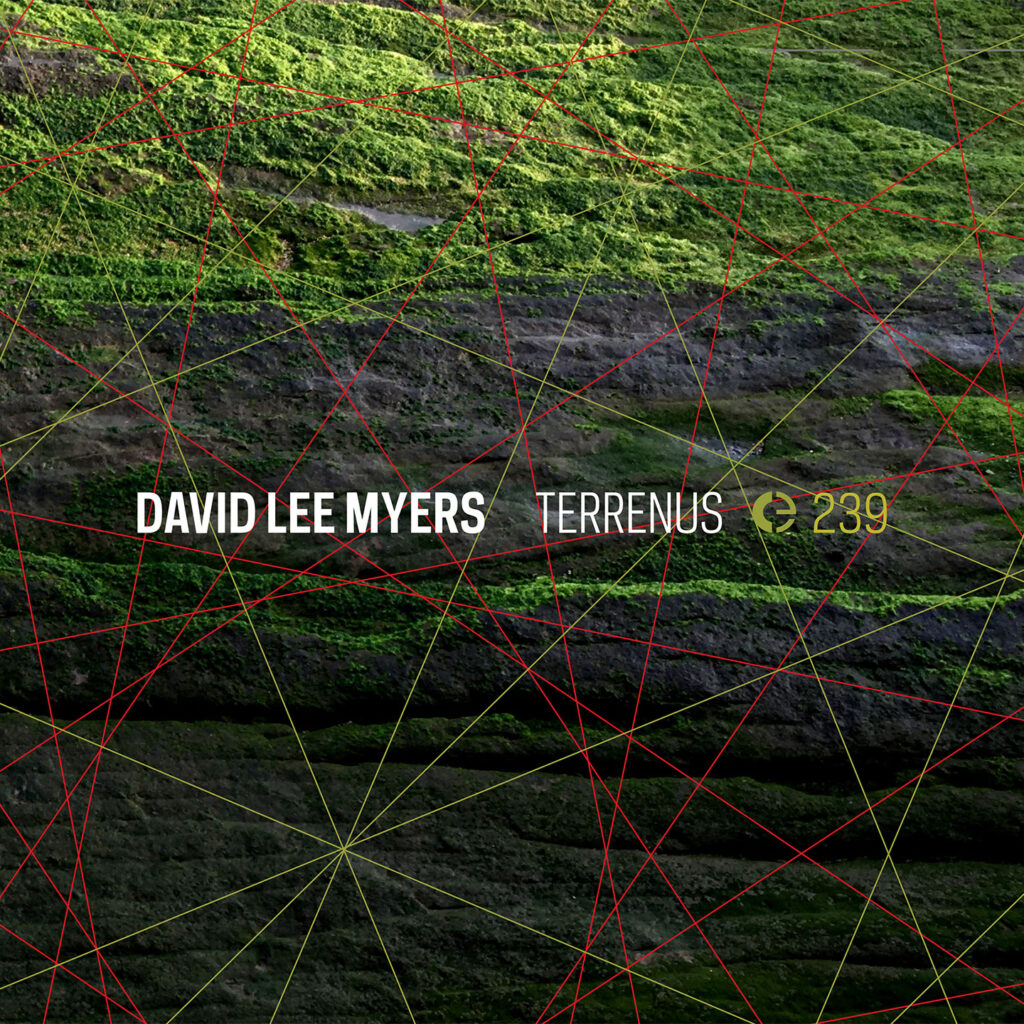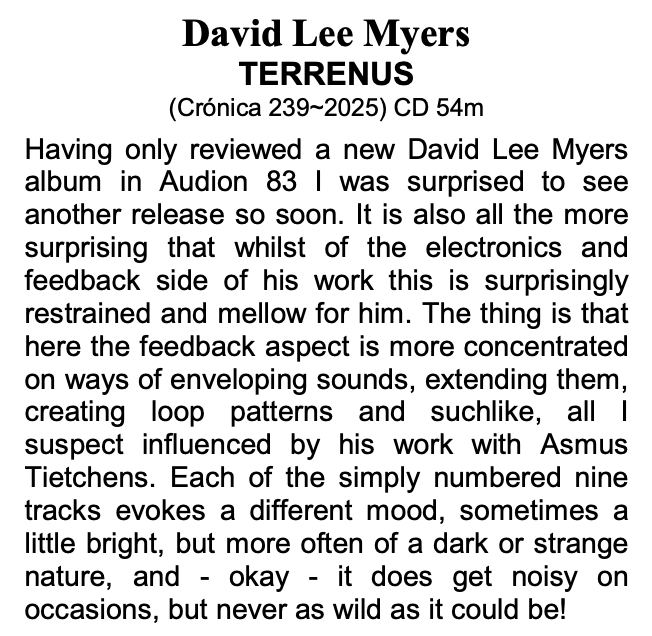
Met ‘Vinum Sabbati, In the Dawn of Science Fiction’ tekenen Durán Vásquez en Daniel Ferreira, aka Kloob, een muzikale schaduwwereld uit, geschikt voor een scifi-thrillerreeks vol donkere suspens. Niet zo vreemd: Kloobs dark ambient werd al eerder geïnspireerd door werk van Edgar Allen Poe en Andrej Tarkowski, en hier nam het duo ‘The Three Imposters’, een episodisch occult horrorverhaal van Arthur Machen als vertrekpunt. Intens en druk schuiven geluidssignalen al gauw over nauwelijks belichte muren, onderaardse gangen worden verkend, een kerker ontgrendeld. Iemand vond een vervloekte gouden munt: ze moet dringend heroverd worden. Daar: een giftig poeder. Het poeder dat het lot van student Walters bepaalde, na verkeerde medicatie nog nauwelijks meer dan een monsterlijk rottend wezen? Verder doorheen de plaat, dieper ondergronds, wordt de sfeer alleen maar killer, grauwer, zuurstoflozer. Welke geheimen liggen daar? Steeds denser geweven geluidssluiers leggen vage sporen voor.
via daMusic





